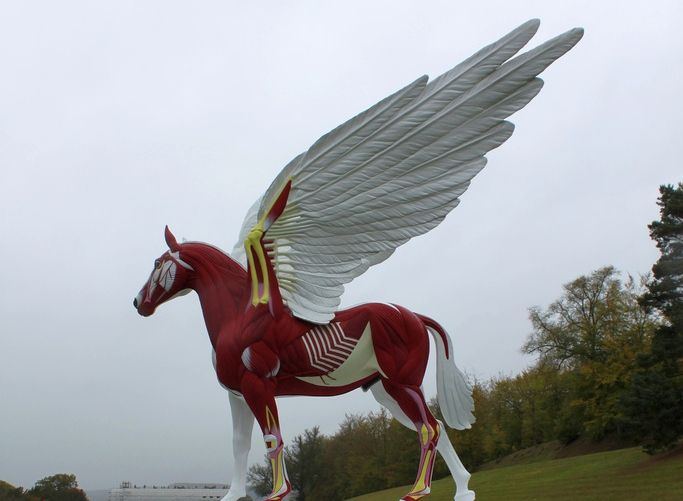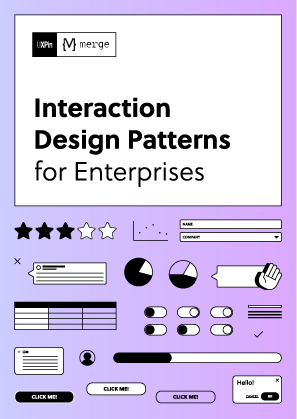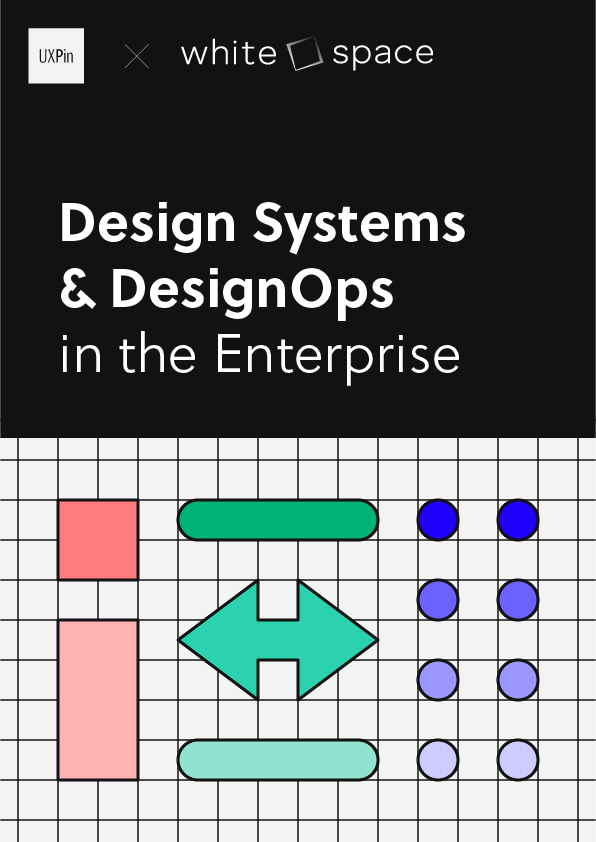I would love to see Morgan Freeman mysteriously emerge from the shadows now and tell us how many years it would take to see all flat designs done around the web. It looks like we’re on the hype of flat design trend and as one looks at all this variety of different sites, one asks: so is this site flat or not. How can we tell? Let’s look at some flat design assumptions before the myth becomes the truth.
Myth 1: flat design doesn’t serve product exposition. Busted.

You could say that flat design is all about keeping it minimal at all cost. So don’t even think about excessive backgrounds showing how fun your product is or HTML5 animations making you look like THE future. With flat design, you just can’t deliver all that mesmerizing details and tricks. And when it comes to showing guitars, well you’d really like to have those – so can a product site look good in flat? Just take a look at http://www.flatguitars.com/ Even with fewer details, well done flat design makes the details of your design come out just beautifully exposing the product with the right dynamics.
Myth 2: minimal design is minimum typography. Busted.

One of the dangers of flat design is lost visual hierarchy. You don’t want to use shadows, translucency and other ornaments in flat design. Or else… :) Don’t worry, flat design police won’t come after you for using typography. Well not at least, because it’s against minimalism;) Minimalism in flat design serves honesty and using the least to say the most. Logos are a great example of how typography can tell a story by itself and they are also a good example of how you can use typography in designing with minimum means – just like using typography if “flat”. What’s more – there’s no branding without typography (here’s a great example of the power of typography). A hint: use typography for emphasis and visual hierarchy; take a look how these guys did it: https://coderwall.com/futureal
Myth 3: flat design is for bright colors… only. Busted

… and jeans have to be blue. You probably came across more sites using bright colors that dark, did you? If you start to think that flat design is only for bright colors, maybe this site will make you think twice: http://designshado.ws/ Of course you could say bright colors really communicate simplicity and clarity, but that’s really not the only way to do it.
Myth 4: avoid pictures. Busted.

Did you notice that most flat design sites use illustrations rather than pictures? So maybe flat design doesn’t work that well with photos? Stop right there! Flat design works well with photos, even if you stretch it out and use it as a backgorund, here’s the living evidence to that.
Myth 5: animations and flat design don’t mix. Busted.

Yes, flat design teaches you to say the most, using the least and we’ve seen some great examples of using the least. But that doesn’t mean some things can’t be said with animations and especially not that everything is better than animations. That’s no flat design philosophy. Some things are better said with animation and flat design “understands” that. Try to imagine Layervault’s site without the lines of code that make those images dance (it’s the same guys that are behind something that could be called the flat design manifesto). Wouldn’t that make the UX poorer? So don’t cross out animations just because they are “that extra thing”.



